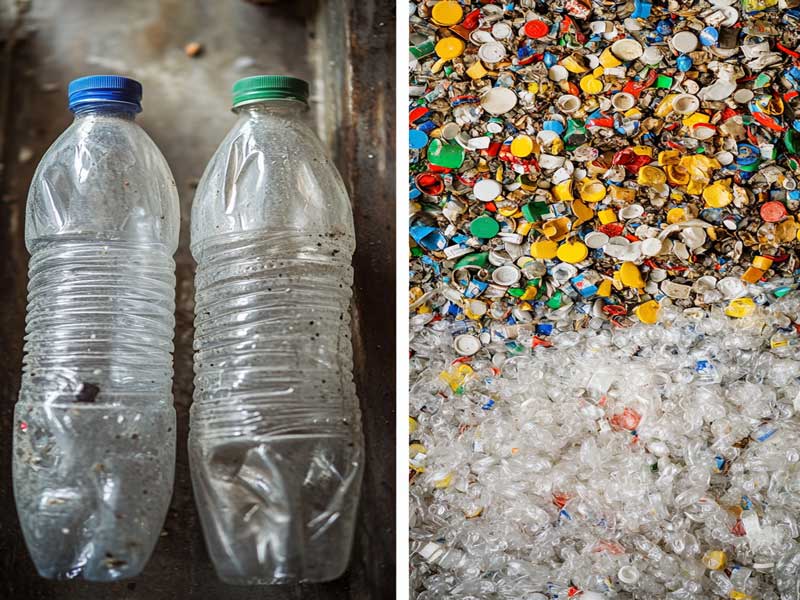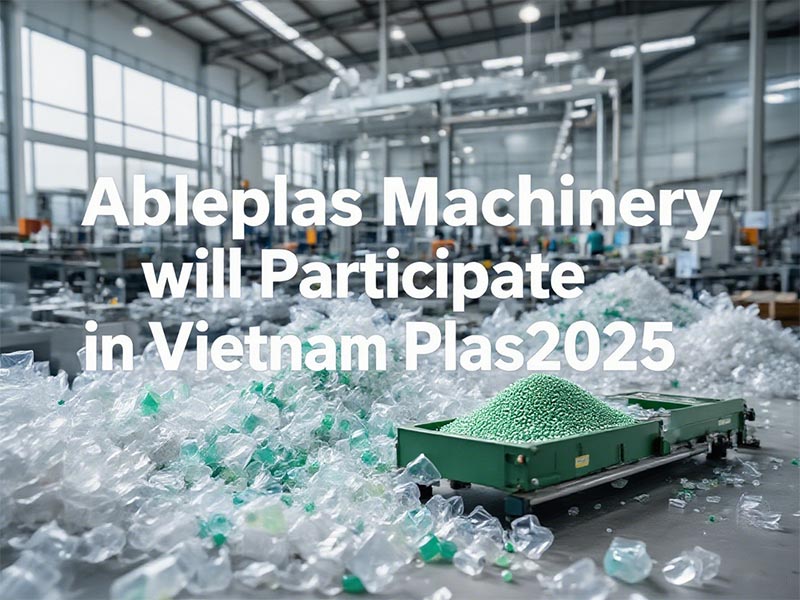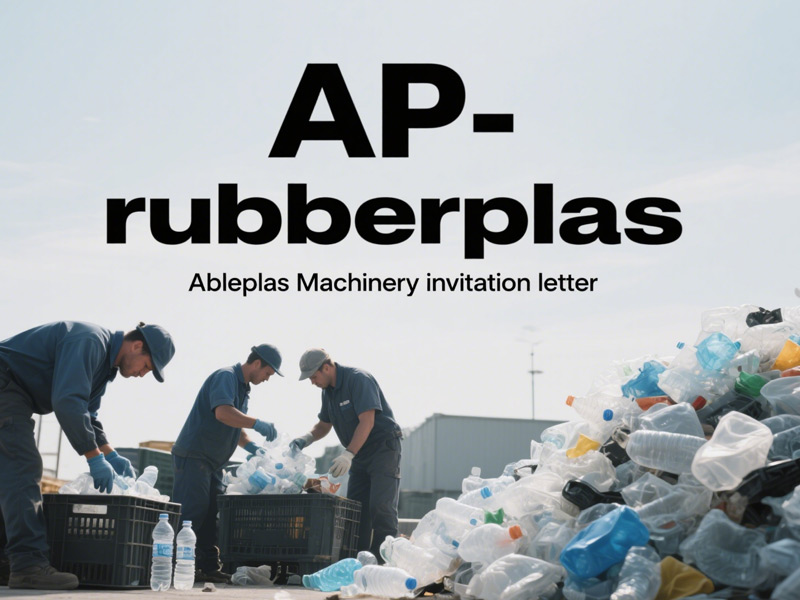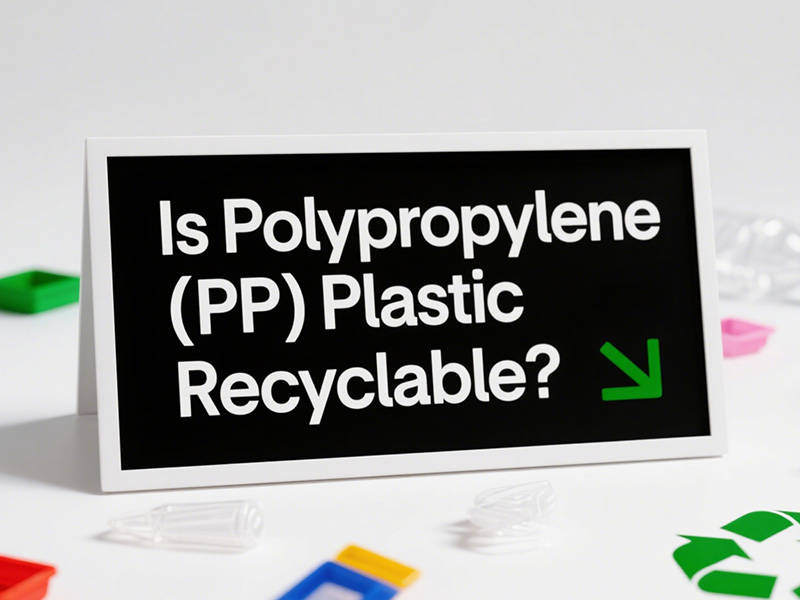Key Takeaways
Waste Reduction: Diverts 90%+ of plastic from landfills and oceans.
Circular Economy: Transforms mixed plastics into high-quality pellets for new products.
Advanced Cleaning: Removes contaminants like dirt, glue, and labels.
Energy Efficiency: Cuts CO2 emissions by 50% compared to virgin plastic production.
Profit Potential: Creates revenue streams from recycled resin sales.

The Plastic Recycling Washing Line Process Explained
Step 1 — Sorting and Shredding
● Automated Sorting: Optical sensors and air jets separate PET, HDPE, and PP from mixed waste.
● Shredding: Industrial shredders break down plastics into 10–20mm flakes for easier cleaning.
Case Study:
A facility in Germany increased purity rates by 35% after integrating AI-powered sorting robots.
Step 2 — Pre-Washing and Separation
● Hot Wash Tanks: Use 60–80°C water and biodegradable detergents to dissolve adhesives.
● Friction Washers: Spin flakes at high speed to remove stubborn contaminants.
● Density Separation: Sink-float tanks separate heavier materials (metals, glass) from plastics.
Innovation Spotlight:
Ultrasonic cleaning systems reduce water usage by 40% while boosting contaminant removal.
Step 3 — Intensive Washing and Drying
● Friction Scrubbing: Rotating blades scrub flakes to eliminate residual impurities.
● Centrifugal Dryers: Spin flakes at 1,200 RPM to achieve 95% dryness.
● Infrared Sorting: Final quality check to remove any remaining impurities.
Output Quality:
Recycled flakes meet ASTM D7209 standards for food-grade packaging.
Environmental and Economic Benefits
| Benefit | Impact | Data |
|---|---|---|
| Landfill Diversion | Reduces plastic waste in landfills by 90% | 1 ton recycled = 3.8 barrels of oil saved |
| CO2 Reduction | 50% lower emissions vs. virgin plastic | 1 ton recycled = 5,774 kWh saved |
| Water Conservation | Closed-loop systems recycle 80% of water | 10,000L saved per ton processed |
| Job Creation | Supports 5–10 jobs per washing line | Global recycling industry employs 1.6M+ |
Key Technologies in Modern Washing Lines
AI-Powered Sorting Systems
● NIR (Near-Infrared) Sensors: Identify plastic types with 99% accuracy.
● Robotic Arms: Remove non-plastic debris at 60 picks per minute.
Zero-Waste Water Treatment
● Reverse Osmosis: Purify wastewater to drinking standards.
● Sludge Presses: Convert residual sludge into bricks for construction.
Example:
A plant in Sweden achieved 100% water reuse through advanced filtration.
Energy Recovery Systems
● Heat Exchangers: Capture 70% of thermal energy from washing tanks.
● Biogas Generators: Convert plastic sludge into electricity.
Challenges and Solutions
| Challenge | Solution |
|---|---|
| Contaminated Input | Multi-stage washing + enzymatic cleaners |
| High Energy Costs | Solar-powered drying systems |
| Market Price Volatility | Long-term contracts with manufacturers |
Pro Tip: Partner with municipalities for steady waste supply.
Real-World Success Stories
Case Study 1 — Ocean Plastic Revival
● Location: Indonesia
● Problem: 200K tons/year of ocean-bound plastic.
● Solution: Installed 5 washing lines to process fishing nets and bottles.
● Result: Produced 15K tons/year of rPET for sportswear brands.
Case Study 2 — Urban Waste to Packaging
● Location: California, USA
● Problem: Mixed plastic waste from households.
● Solution: Customized washing line with color-sorting capabilities.
● Result: Supplied 10K tons/year of colored HDPE for cosmetic containers.
Choosing the Right Washing Line
Key Considerations:
● Throughput: 500 kg/hr (small) vs. 5,000 kg/hr (industrial).
● Automation Level: Semi-automatic (low CAPEX) vs. fully automated (high efficiency).
● Material Focus: PET bottles, film, or rigid plastics.
Future Trends in Plastic Recycling
● Chemical Recycling Integration: Break down polymers into monomers for virgin-like quality.
● Blockchain Traceability: Track recycled content from waste to product.
● Bio-Based Detergents: Enzymes that digest contaminants without water.
Conclusion
A plastic recycling washing line is more than machinery—it’s a catalyst for a sustainable future. By transforming waste into reusable materials, it tackles pollution, conserves resources, and fuels the circular economy. Whether you’re a municipality, manufacturer, or entrepreneur, investing in this technology delivers both environmental and financial returns.
Ready to join the recycling revolution? Explore our partner network for turnkey washing line solutions!

FAQs
Q: How much does a plastic recycling washing line cost?
A: Small-scale systems start at $150,000; industrial lines exceed $1 million.
Q: What types of plastic can be processed?
A: PET, HDPE, LDPE, PP, and PS. PVC is typically excluded due to chlorine content.
Q: Is recycled plastic quality comparable to virgin material?
A: Yes! Advanced washing lines produce pellets with 95% purity, suitable for packaging and textiles.
Q: How much space is required for a washing line?
A: A 500 kg/hr system needs 500–800 sq.m, including storage and utilities.
Q: Can washing lines handle heavily soiled plastics?
A: Yes—multi-stage washing and enzymatic solutions remove oil, food residue, and dyes.








